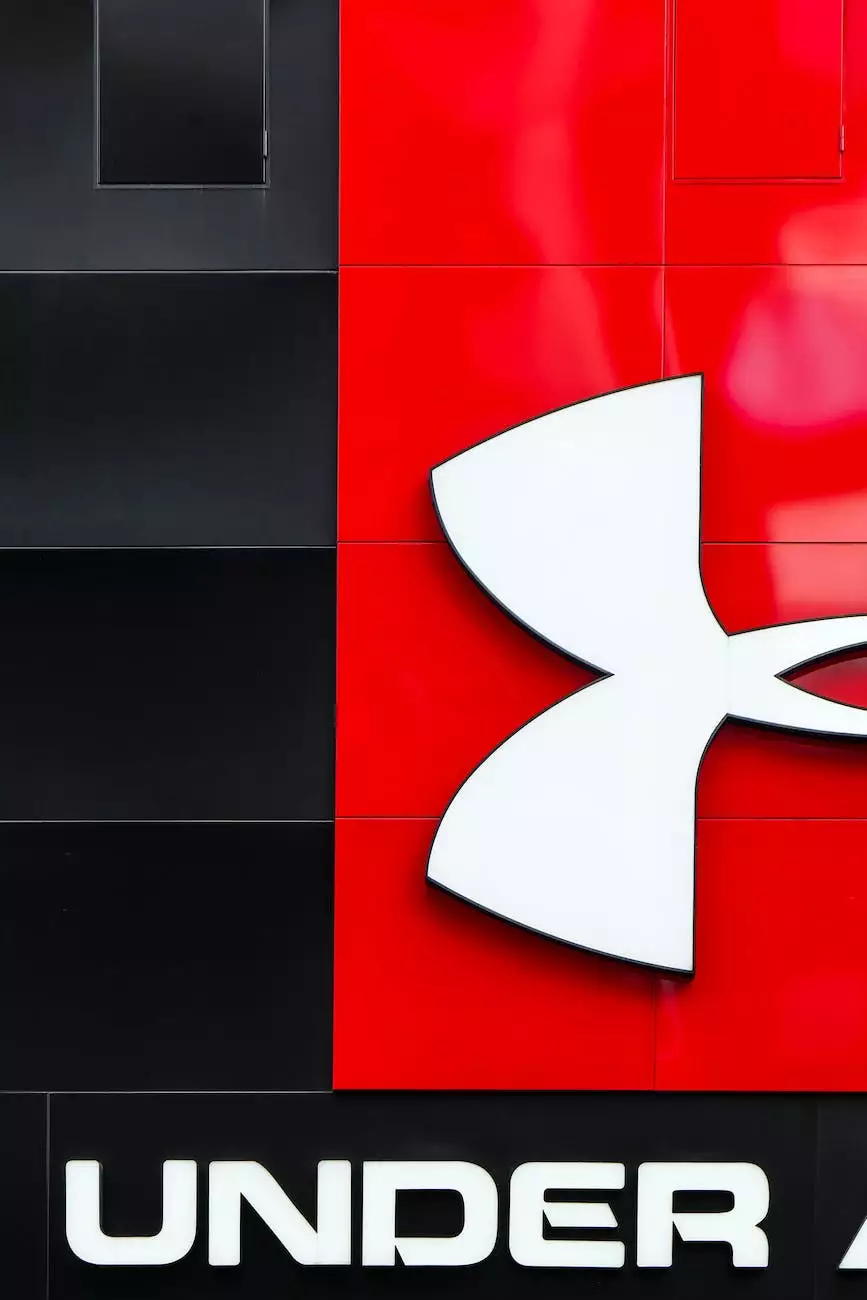From Puce to Cerulean – What Your Brand Colors Say to Your Customers
Blog
When it comes to building a successful brand, the colors you choose have a powerful influence on customer perception. Colors evoke emotions, convey messages, and can ultimately shape your customers' decision-making process. In this article, Seo by Chrys, a leading website development company in the business and consumer services industry, explores the fascinating world of color psychology and its impact on consumer behavior.
The Psychology of Color
Color psychology is the study of how colors affect human behavior and emotions. Different colors can elicit varying feelings and responses, making them a crucial element in branding. It is essential to understand the underlying meanings associated with different colors to create a brand identity that resonates with your target audience.
Red: Passion, Energy, and Urgency
Red is a bold and attention-grabbing color that evokes feelings of passion, energy, and urgency. It's often used to stimulate appetite, which explains why many fast-food chains incorporate red in their logos and branding. Red can create a sense of excitement and urgency, making it an excellent choice for brands aiming to create a strong call-to-action or promote a sense of urgency.
Blue: Trust, Stability, and Serenity
Blue is a calming and trustworthy color that instills feelings of trust, stability, and serenity. It is commonly associated with technology, healthcare, and financial institutions. Blue can help establish credibility and reliability, making it an ideal choice for brands looking to convey a sense of trustworthiness and professionalism.
Yellow: Optimism, Energy, and Positivity
Yellow is a vibrant and energetic color that promotes feelings of optimism, energy, and positivity. It grabs attention and is often associated with happiness and warmth. Brands that want to communicate a sense of joy and cheerfulness often incorporate yellow into their branding. However, it's important to use yellow sparingly as it can be overpowering if used excessively.
Green: Growth, Health, and Nature
Green represents growth, health, and nature. It is a versatile color that can convey a wide range of meanings depending on the shade and context. Lighter greens symbolize freshness and environmental awareness, making them ideal for eco-friendly and organic brands. Darker greens can evoke a sense of wealth, stability, and prestige, making them suitable for financial and luxurious brands.
Purple: Creativity, Royalty, and Luxury
Purple is often associated with creativity, royalty, and luxury. It is a unique and mysterious color that can convey a sense of extravagance and indulgence. Purple is frequently used by beauty and cosmetic brands to evoke a sense of elegance and sophistication. However, it's important to note that purple can have different cultural associations, so understanding your target audience is crucial when incorporating this color into your branding.
Orange: Energy, Creativity, and Warmth
Orange is a vibrant color that combines the energy of red and the cheerfulness of yellow. It is associated with enthusiasm, creativity, and warmth. Orange can be an effective attention-grabbing color and is often used by brands looking to create a sense of excitement and fun. However, like yellow, it's important to use orange sparingly, as excessive use can be overwhelming.
Black and White: Simplicity, Sophistication, and Contrast
While technically not colors, black and white are still impactful choices for branding. Black represents elegance, power, and sophistication, often used by high-end luxury brands. White, on the other hand, portrays purity, simplicity, and cleanliness and is commonly used by tech companies and medical institutions. The combination of black and white creates a strong contrast, making them ideal for brands that want to convey a sleek and modern aesthetic.
Choosing the Right Color Palette
When selecting the color palette for your brand, it's essential to consider your target audience, industry, and brand personality. Understanding the psychology behind colors is crucial but remember that cultural and personal interpretations can also play a role. Conduct thorough research, test different color combinations, and seek professional guidance to ensure your brand colors effectively communicate your desired message.
Color Symbolism in Different Cultures
It's important to note that colors can have different cultural associations and interpretations. For example, while white is associated with purity in Western cultures, it represents mourning in some Eastern cultures. When expanding your business globally, it's crucial to adapt your color choices to resonate with each target market and avoid any potential misunderstandings or offensiveness.
Conclusion
Your brand colors are not just aesthetic choices; they have a significant impact on how your customers perceive and interact with your brand. By understanding the principles of color psychology and selecting the right color palette, you can effectively communicate your brand's values, evoke the desired emotions, and ultimately create a powerful connection with your target audience. Seo by Chrys, a trusted name in website development, understands the importance of brand colors and can help you craft a visually compelling and compelling brand identity that stands out in the competitive market.










